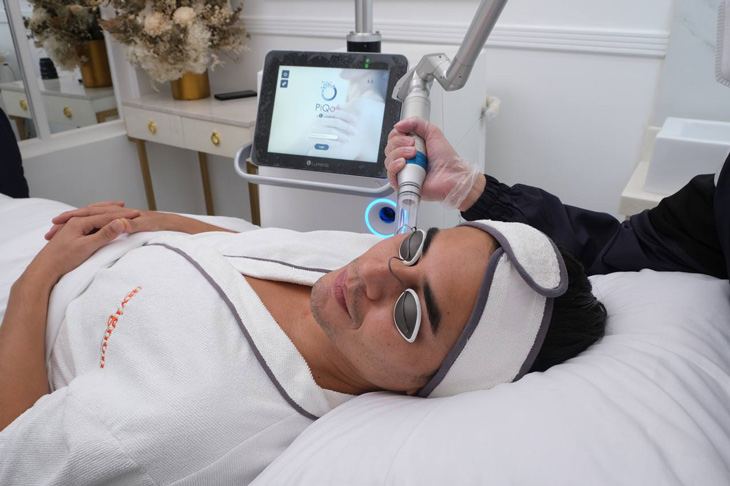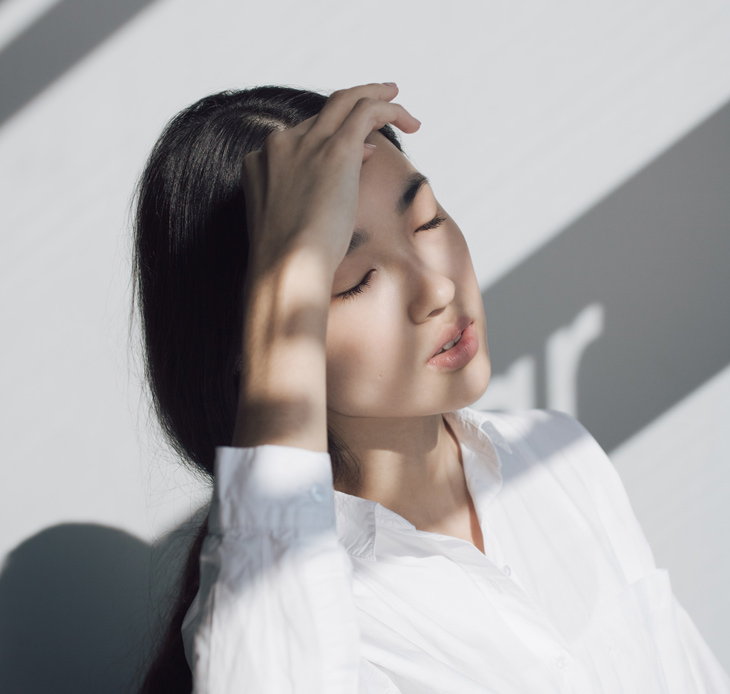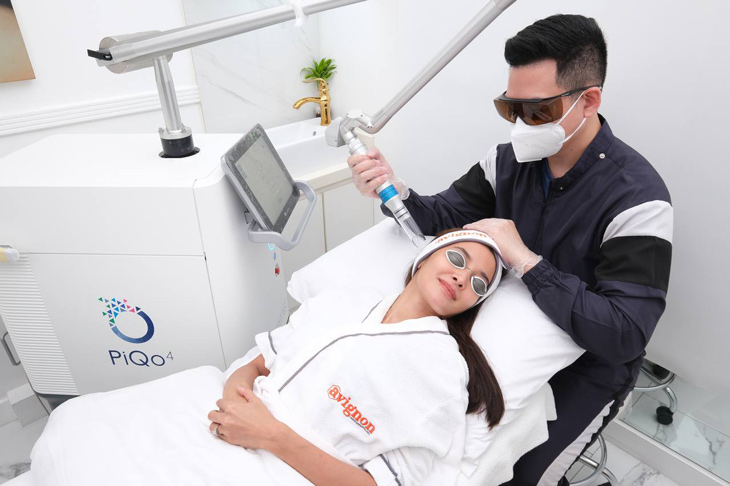Treating photo-aged Asian skin can be challenging, but may be helped by non-ablative lasers such as the PiQo4, a multi-million tech available at Avignon Clinic.
READ ALSO: Dermis Discussion: Can Botox Prevent Wrinkles Before They Appear?
A slew of genetic and environmental factors go into how our skin ages. One big influence is the cumulative damage we get from being exposed to ultraviolet (UV) radiation.
Our skin’s structural integrity is formed primarily by collagen. UV radiation exposure can induce tremendous damage to it in different ways, one of which involves the generation of reactive oxygen species (ROS). Excessive ROS are harmful to the skin because they can cause oxidative damage to cells, which in turn will lead to collagen breakdown.
Different kinds
Increased collagen breakdown can result to the integrity of the skin being compromised, and its repair response becoming defective. As we get older, also, our skin’s cells naturally goes through attrition and deterioration. All of these lead to skin damage such as wrinkles.
But the kind of cell damage we see in the skin from either being exposed UV rays (also called photoaging) or just getting older is starkly different.

With chronologically-aged skin, the collagen fiber bundles are loose, short, and thin and disorganized when compared to sun protected young skin. The epidermis is thinner, and the number of rete pegs is reduced.
In contrast, photo-damage leads to collagen fragmentation beneath the dermal-epidermal junction and elevated elastosis, which is a prominent feature in many skin conditions.
Case-to-case
The exact nature of UV skin damage depends on skin type; type III and IV skin display leathery skin, lentigines and an overall “bronzed” appearance.
A yellow cobblestone appearance of the skin may also be present resulting from the elastosis in photoaging. Other manifestations include the development of benign cutaneous growths such as dermatosis papulosa nigra (small dark bumps) and seborrheic keratoses (waxy, scaly and slightly raised growths that appear on the head, neck, chest, and back).
Additionally, changes in the skin’s vascular system following UV radiation may also lead to dilatations such as spidery red or purple clusters on the skin, or even bruising.

Researchers have reported both pigmentary changes and wrinkling to be major features of photoaging in Asians. But moderate-to-severe wrinkling becomes apparent only at about 50 years old, which is a decade later than our Caucasian counterparts.
Managing photoaging
Aside from avoiding the sun, other ways to manage or treat photoaged include topical retinoids, 5-Fluorouracil creams, and various cosmeceuticals.
One other way is through laser skin resurfacing. This has become a valuable tool in the arsenal of clinics for assisting patients in achieving their aesthetic goals. What has been identified as the most highly-effective technique is full ablative resurfacing.
But going through this leads to prolonged recovery periods as well as an increased risk of complications including possibility of infection, dyspigmentation, and scarring.
For Asians, these risks are further magnified, rendering fully ablative treatments even less desirable for routine clinical use. Fractional resurfacing has a better safety profile and is the mainstay in facial resurfacing today.
Skin rejuvenation
In a recent review of the literature, post-inflammatory hyperpigmentation (PIH) was observed in up to 92 percent of ablative fractional laser-treated patients. Published studies in East Asian subjects (SPT III and IV) report favorable efficacy in the treatment of acne scarring, surgical scars and photoaging, with a considerable risk for PIH.
Fractionated laser can vary in pulse duration. Picosecond laser pulses use very high laser intensities that are provided through focused beams in short pulses.

Focusing these beams on the surface of the skin for ultra-short periods of time causes breakdown beneath the skin surface, leading to formation of voids or vacuoles. The laser-induced injury promotes wound healing processes in the dermis, either by direct stimulation or injury from the laser energy, or through an indirect mechanism such as cytokine signaling.
The injury induces neo-collagenesis and remodeling. The major advantage is the preservation of an intact epidermis with minimal disruption of the dermal-epidermal junction, which translates to shorter and milder adverse effects.
Quick results
In the Asian population, non-ablative fractional laser may be considered a first line treatment for wrinkle reduction. The favorable side effect profile and low risk of dyspigmentation make it the preferred option for the majority of Asian patients seeking photorejuvenation as well.
One major advantage of non-ablative fractional laser is the short downtime. Erythema and edema, for example, are usually seen and resolve within two to seven days.
The PiQo4 is a non-ablative laser that provides wavelengths of 1064 nm (recommended for all skin types) and 532 nm (recommended when treating epidermal lesions in lighter skin types, I to III). The PiQo4 provides pulse duration as short as 600 picoseconds and 800 picoseconds, and the fractional handpiece allows for multiple passes, with minimal overlap.
In the country, Avignon Clinic recently purchased the PiQo4, which is also used to treat Melasma and in tattoo removals.
For more information, visit Avignon.clinic
Banner Photo by Hong Nguyen on Unsplash





